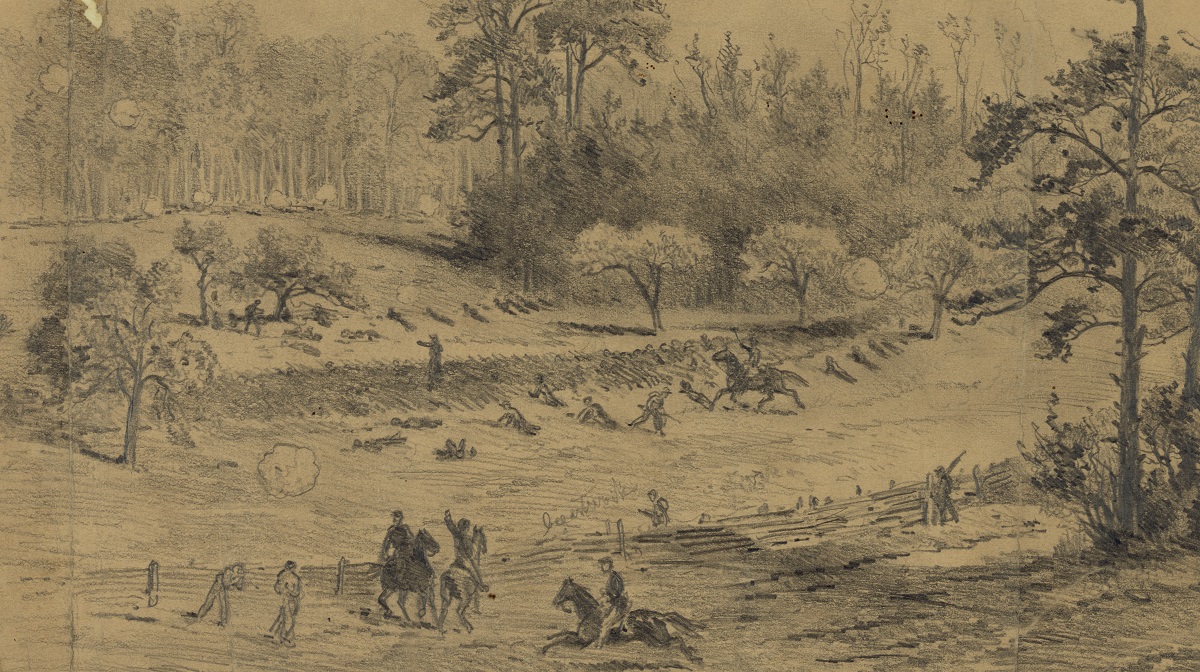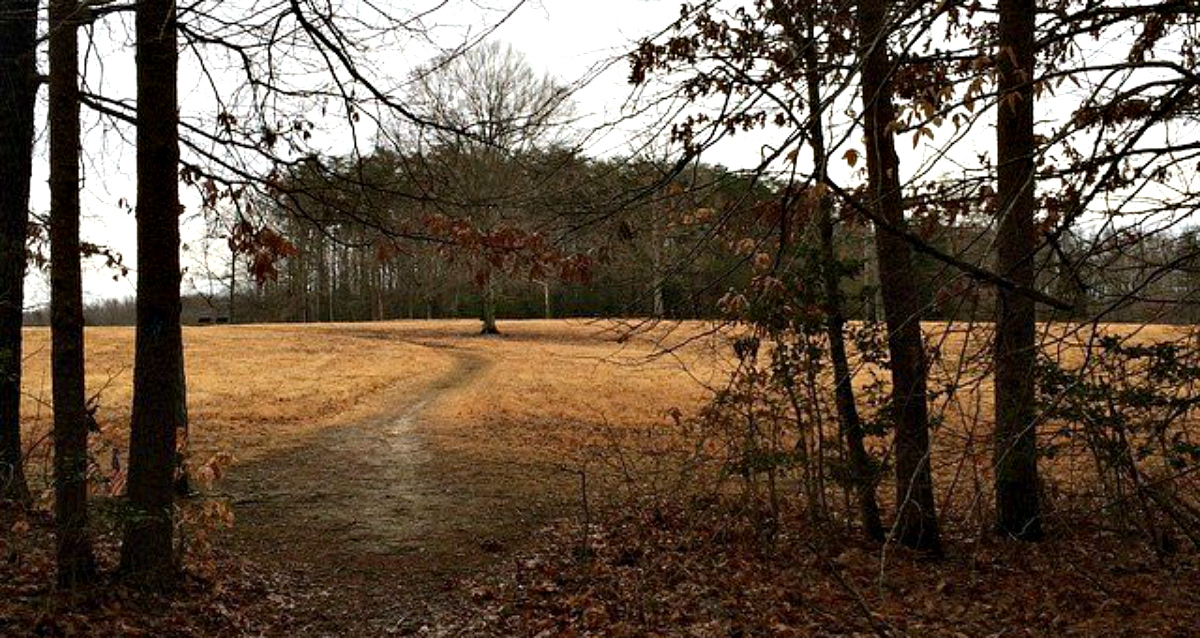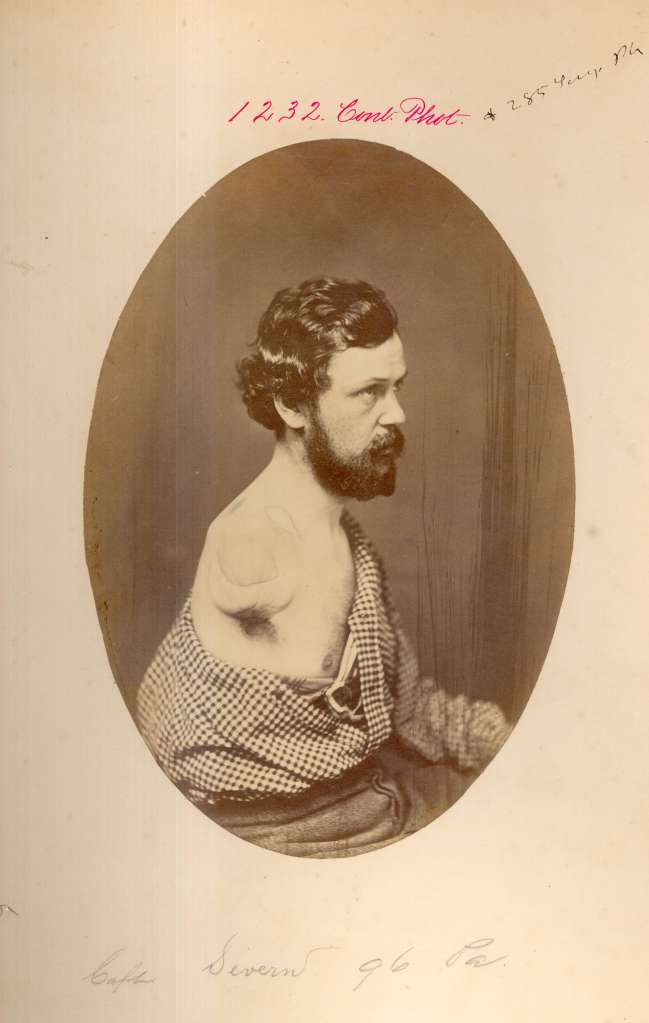After seemingly endless days of combat in the woods and thickets of central Virginia, Dr. Daniel Webster Bland of the 96th Pennsylvania Volunteers took time from his busy days and nights in a field hospital in to pen a letter to a colleague in his native Schuylkill County. He needed to tell of the horrors of what he’d seen and heard at the Battle of Spotsylvania Court House in May 1864.
“The shelling is the worst feature of the war,” he wrote on the evening of May 20. “Oh! They are terrible missiles. It is frightful to hear them tearing, crashing, howling, and screaming like so many unseen fiends, through the air, then bursting and scattering their destructive fragments in all directions.”

Dr. Bland knew the carnage caused by Confederate artillery shells. For days, he attempted to mend the broken bodies of his fellow Pennsylvanians. Among those he treated was Captain Edwin L. Severn, of Company K, 96th Pennsylvania. In the same letter, he wrote of the wounded officer: “Capt. Ed. Severn, whose arm I removed is doing well at last accounts.”
Up until May 1864, Captain Severn had lived a charmed life in the United States Army. After serving among the First Responders – the first soldiers to arrive in Washington in the aftermath of Fort Sumter – Severn had been appointed as an officer in Captain Richard Budd’s company of Schuylkill County soldiers. They were attached to the fledgling 96th Pennsylvania in Pottsville in the autumn of 1861.

With this unit, Severn faced hellish combat at a number of the war’s lesser known engagements: South Mountain, Salem Church, and Rappahannock Station. In the Army of the Potomac’s major fights at Antietam, Fredericksburg, Chancellorsville, and Gettysburg, the 96th Pennsylvania played only minor roles.
By the spring of 1864, the hardened veterans had faced the challenges of camp life, the ravages of disease, and the unique terror of Civil War combat. But they were utterly unprepared for the hellish weeks they would face on the march in May 1864. Rousted from their camp near Brandy Station, Virginia on May 4, they were marched a tangled thicket known as the Wilderness and faced off against Confederates in a close quarters fight amid the choking smoke of battle and brush fires.
Days later, they were pushed on to the south to face an entrenched foe on the outskirts of a tiny village called Spotsylvania Court House, a dozen miles west of Fredericksburg.
Captain Severn and his company faced an unpleasant life in shallow rifle pits along the Sixth Corps stretch of line, directly opposite a strongly fortified Confederate position known as the “Muleshoe.” This defensive line featured rifle pits or trenches that protected Confederate riflemen. Much to the Union soldiers’ chagrin, artillery was also dug into the Confederate line and consistently blasted away at Union lines a few hundred yards away.

Amid a particularly brutal shelling on the morning of May 10, 1864, a Confederate shell passed over the brow of a hill and slammed into a stack of rifles adjacent to the bivouac of Captain Severn’s Company K. In a shower of metal shrapnel, seven men were torn to pieces, including Captain Severn.
The force of the explosion and the hail of iron fractured Severn’s right arm, smashed his elbow to pieces, and left a gaping wound near his shoulder, severely damaging his scapula and clavicle. The stricken captain and his men were evacuated to a field hospital about a mile away near a pine thicket that was out of range of Confederate artillery.
Once at the makeshift hospital, the regimental surgeon, Dr. Bland, and others unanimously decided that Captain Severn’s shattered arm needed to be removed at the shoulder. This was a bold step – only 24% of those undergoing amputation at the shoulder survived their wounds. Additionally, damaged pieces of his scapula and clavicle needed to be removed as well.
The surgeons chloroformed Captain Severn (as was done in 95% of surgeries done during the Civil War) and began the process of removing the stricken limb. Dr. Bland carefully cut away the torn muscle and tissue and reached bone. He references performing the surgery in his case notes, which were later published:
The unanimous conclusion of several medical officers being for immediate removal of the arm at the shoulder joint with as much of the clavicle and scapula as were seriously involved, the patient was chloroformed and Surgeon D. Webster Bland, U.S.V., removed the injured member at the shoulder joint, making a superior flap from the deltoid muscle, disarticulating the head of the bone, and cutting the lower flap from the inner side of the arm. Hemorrhage being arrested by ligatures, the wound over the clavicle was enlarged by an incision in the direction of the bone; the loose spiculae were carefully removed, and either end of the clavicle sawn off, thus removing about four inches of this bone. The fragments of the superior part of the scapula with the loose and damaged integument were then removed; the wounds over the scapula and clavicle were closed with the interrupted suture, and a stimulant with an anodyne administered.
The operation was performed in the midst of a dense wood at 5 o’clock, P.M., aided by the light of half a dozen candles.
At midnight the patient, with hundreds of others seriously wounded, was sent to Fredericksburg, a distance of 20 miles over a corduroy-road. Sixty hours after the operation, the wound was dressed, and the subject made as comfortable as circumstances would permit…
Years later, Dr. Bland had a photograph of Captain Severn’s wounds made for purposes of saving a record of his treatment for the Army Medical Museum with the following inscription:

Capt. E.L. Severn, Co. K, 96 Regt. Pa. Vols.
Wounded on the 10th of May 1864 in front of Spotsylvania C.H. Va; wound caused by the explosion of a case shot, fired by the enemy. Seven men were wounded by the shot four of whom died.
Right arm removed at shoulder-joint, three inches of the clavicle, a small portion of scapula. Ending in complete recovery.
Operation performed by D. Webster Bland, Surg 96th PA and late Med Inspector 6th Corps.
March 22, 1867, Capt. S. is still alive and doing well, writes very legibly with his left hand, is sober and industrious.
Contributed by D.W. Bland, M.D.
Pottsville, Penna
Captain Severn returned home to Schuylkill County and helped establish the mining community of Mahanoy City. He eventually took up the role of postmaster for the borough and the local Grand Army of the Republic post was named in his honor.
Edwin Severn died in 1872 and is buried among many comrades of the 96th Pennsylvania in Charles Baber Cemetery in Pottsville.
The surgery that Edwin Severn experienced on the battlefield at Spotsylvania Court House is consistent with that administered to tens of thousands of soldiers during the Civil War. More than 60,000 amputations took place during the war and despite the lack of knowledge of germ theory, many lives were saved by surgeons like Dr. D.W. Bland of the 96th Pennsylvania.
Read the story of Captain Severn’s wife Mary – postmistress of Mahanoy City
Featured Image: (National Museum of Health and Medicine)
Subscribe to the latest from Jake Wynn – Public Historian
Enter your email below to receive the newest stories.

Great post. I afforded this coverage in my book. Bland’s report of the operation in the Med Surg History is very detailed. Particularly interesting is that he performed the surgery by candlelight. The Confederate artillery wounded 7 men in Co K — four of whom died within hours. Bland was a graduate of Bucknell and a highly regarded surgeon.
LikeLiked by 1 person
Excellent research!
LikeLike